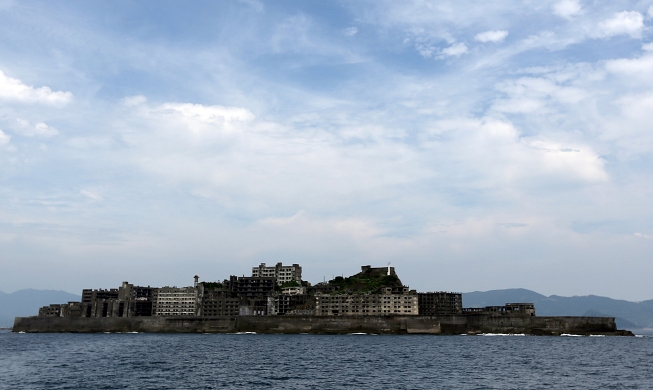By Kang Gahui
As Jan. 27 has been designated a temporary holiday, the Seollal (Lunar New Year) holidays have been extended to six days from Jan. 25-30. For those who are wondering where to go during this long holiday, Korea.net introduces the following green vegetation venues as recommended by the Korea Tourism Organization.
They are Seoul Botanic Park in the capital's Gangseo-gu District; the National Institute of Ecology and Janghang Recreational Pine Forest in Seocheon-gun County, Chungcheongnam-do Province; 1004 Island Potted Plant Garden in Sinan-gun County of Jeollanam-do Province; Songnim Pine Forest in Hadong-gun County of Gyeongsangnam-do Province; and the National Botanic Garden of Korean Native Plants in Pyeongchang-gun County, Gangwon-do Province.
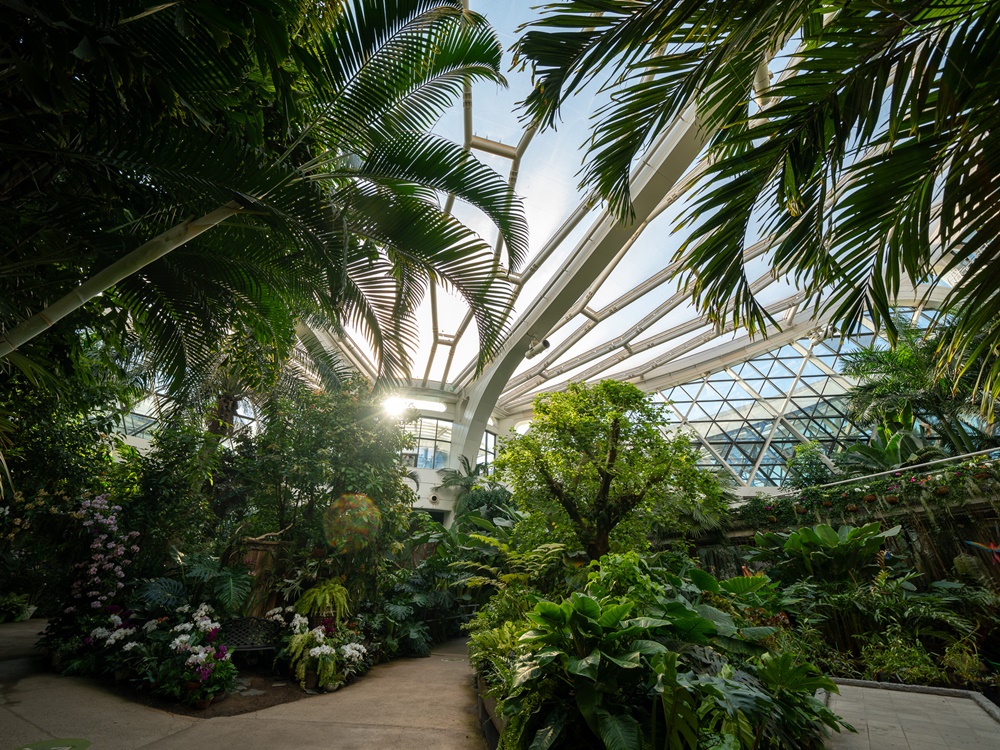
Visitors to Seoul Botanic Park's greenhouse can enjoy a summer-like atmosphere filled with colorful greenery all the year-round. (Korea Tourism Organization)
The nearest place to visit if you live in the capital is Seoul Botanic Garden, near Magoknaru Station on Subway Line No. 9, and the airport railroad. The garden is about the size of 70 soccer fields, so wearing comfortable shoes is recommended.
The most popular place is the greenhouse. If you open the door and step in, you can enjoy dark green scenery as if it is summer even though it is winter; and plants from tropical and Mediterranean climates greet visitors. The Winter Festival will be held until February, featuring "winter fairies" made of rare orchids and tree branches. It is open throughout Seollal holidays except for Jan. 31.
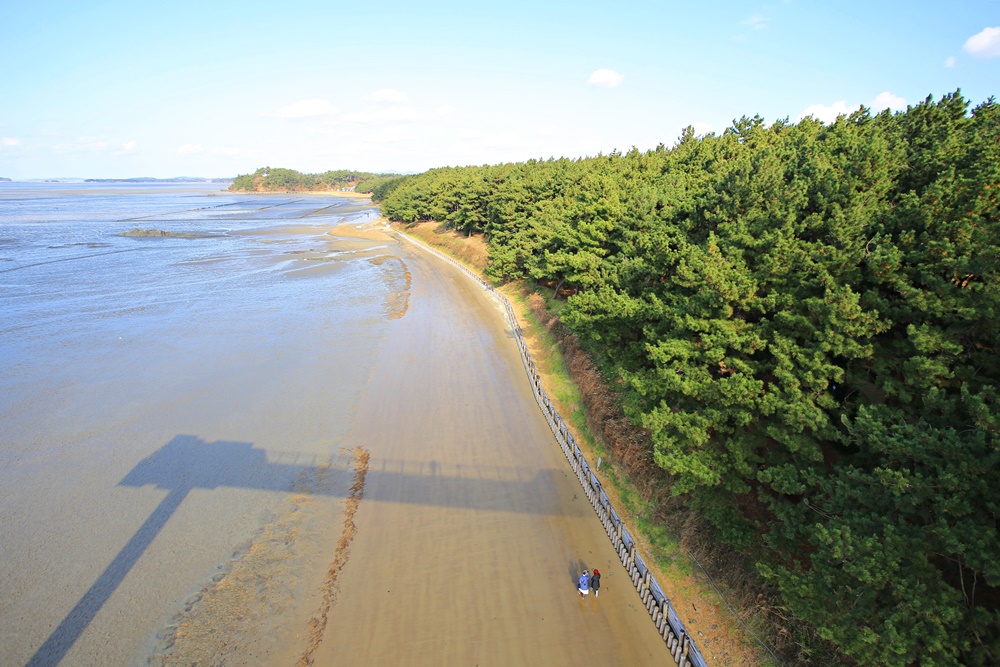
Visitors can reach Janghang Recreational Pine Forest if they walk around Seocheon Gaetbol (getbol, or tidal flats), which has been designated a UNESCO World Heritage.
The National Institute of Ecology houses "Ecoliums" each representing one of five climates. In the Tropical Ecolium is a pirarucu, the world's largest freshwater fish, and a curtain wall tunnel reminiscent of the movie "Avatar."
Fennec foxes in the Desert Ecolium and penguins in the Polar Ecolium are also popular, and these habitats are open from Jan. 25-27 and on Jan. 30 during the Seollal holidays.
If you have been to the ecology institute, visiting the Janghang Recreational Pine Forest is also recommended, as it is only 12 minutes away by car. You can enjoy vast open scenery if you walk along Seocheon Gaetbol (getbol, or tidal flats), which has been designated a UNESCO World Heritage, and smell the fragrance of the pine trees. The skywalk allows a panoramic view from 15 meters above the forest. It is closed only on Jan. 29 during the Seollal holidays.
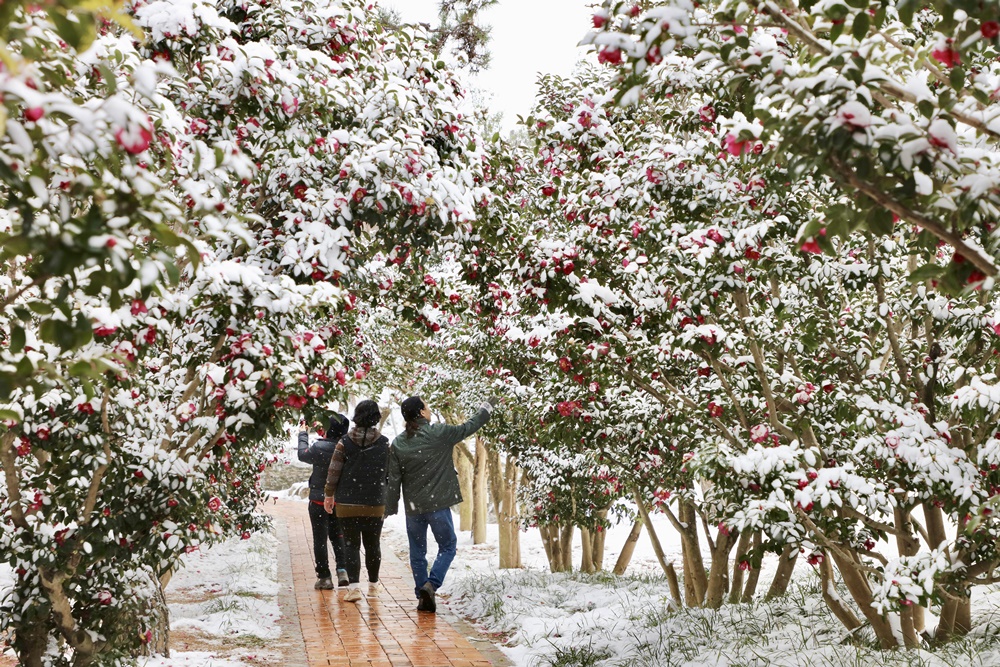
Camellia sasanquas fill a forest road. (1004 Island Potted Plant Garden)
The 1004 Island Potted Plant Garden has its namesake, a small arboretum, a flower garden, the Shona Sculpture Gallery, and the camellia sasanqua forest road. There are more than 20,000 camellia sasanqua plants in the 1004 Island Potted Plant Garden. Each has about 2,000 flowers. There are a maximum of 40 million camellia flowers blooming throughout the entire garden on warm days. It is open every day throughout the Seollal holidays.
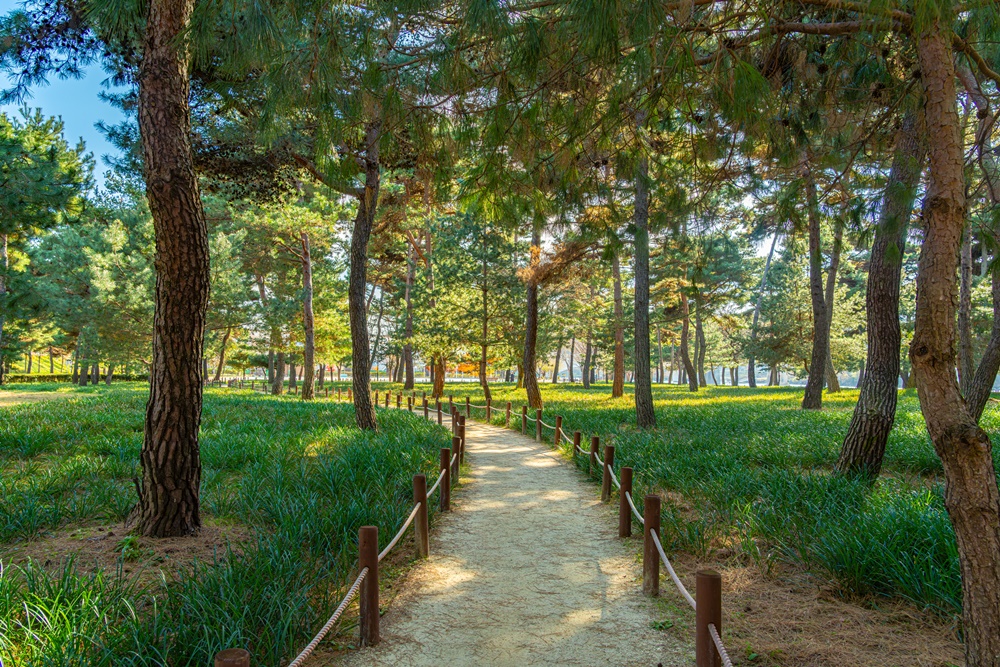
Hadong Pine Forest has about 900 trees, including ones that are genetically identical to national natural monuments, and others donated by county residents. (Korea Tourism Organization)
Hadong Pine Forest is man-made and was created during the reign of King Yeongjo (1724-1776) of the Joseon Dynasty. It currently has about 900 trees, including ones that are genetically identical to national natural monuments, and others donated by county residents.
Surrounding the centuries-old Hadong Pine Forest is a pine forest park that is open year-round. Visitors can also enjoy nearby attractions such as the sandy beach along the banks of the Seomjingang River and the Gyeongjeong Railway Trail.
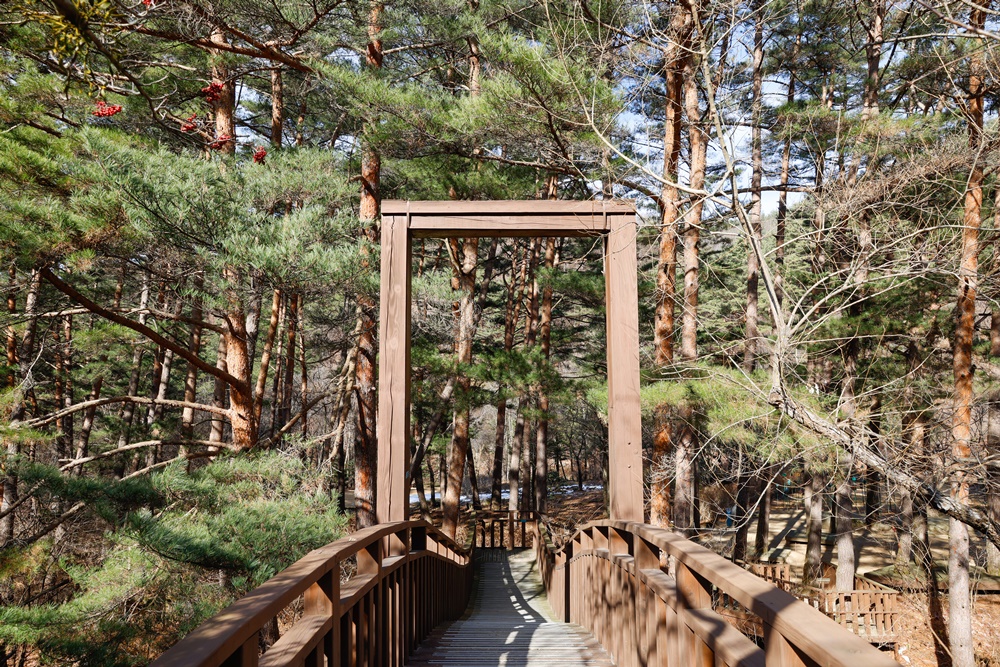
The National Botanic Garden of Korean Native Plants allows visitors to enjoy a green pine forest even in winter. (Korea Tourism Organization)
Located on the foothills of Odaesan Mountain is the National Botanic Garden of Korean Native Plants, which is devoid of foreign species as it exclusively focuses on domestic flora. It is a habitat and a conservation center for endangered wild species and has seven outdoor venues including a botanical garden of rare plants, a garden with specialized regional plants and an "assortment" garden.
Visitors during winter can walk along a trail and are provided with free tea. It is open throughout the Seollal holidays except for Jan. 29 and Jan. 31. Visitors who have spare time can also walk around the fir forest trail around Weoljeongsa Temple on Odaesan Mountain.
kgh89@korea.kr
Most popular
- Netflix announces June 27 as release date for ‘Squid Game’ season 3
- Nation’s 2024 GDP per capita exceeded Japan, Taiwan
- KCC worldwide hosts diverse events to celebrate Lunar New Year
- National team’s launch ceremony for Harbin Asian Winter Games
- Green vegetation places to visit during Lunar New Year holidays
